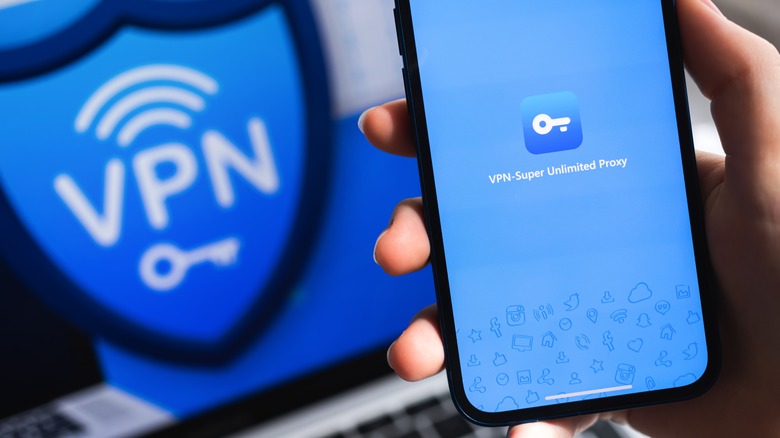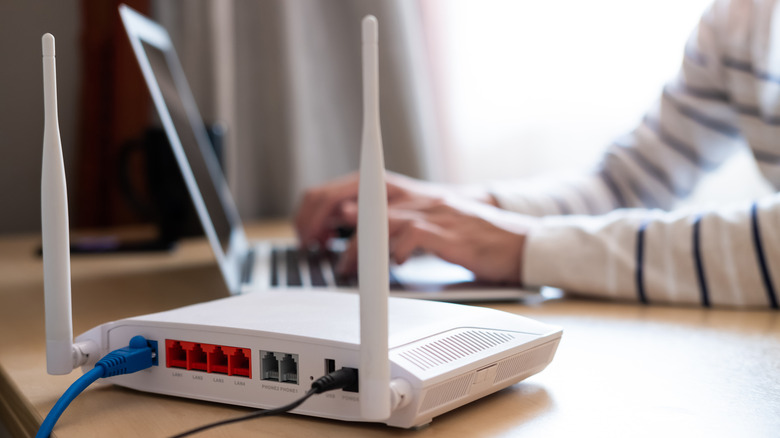How To Add A VPN To Your Wi-Fi Router
Virtual private networks, or VPNs, are powerful tools that allow you to secure your internet connection and protect your online privacy. One of the most efficient methods of using a VPN is to add it to your home router. Utilizing a VPN for your home router will allow you to encrypt all the data that flows through your network, including the data that your devices send and receive. By doing this, you can keep your personal information, browsing history, and online activity private from hackers, advertisers, and third parties.
The first step in adding a VPN to your router is to choose a VPN provider. Many VPN providers are available, each with their own features and pricing plans. When choosing a VPN provider, it is essential to consider factors such as the number of servers available, the level of encryption offered, and the company's privacy policy.
Your VPN software typically includes an app you can install on your router. The installation process will depend on the router's model and your chosen VPN provider. Some VPN providers will offer instructions on installing their software on your router, while others may offer an app that automates the process.
How to know if you should set up a VPN for your router
If you have many devices that you want to connect to the internet and you want to secure all of them at once, adding a VPN to your home's router can be a good option. This will act as an umbrella for all the devices connected to the router — giving you omnipresent VPN protection for all your laptops, desktops, smartphones, and even your smart TVs, rather than having to set up the VPN on each device individually.
Another factor to consider is your online habits. If you frequently use the internet for sensitive activities such as online banking or shopping, or if you want to access geo-restricted content, then a VPN for your home router may be a good choice. A VPN will encrypt your internet connection, keeping your data private and secure from hackers and other third parties who may try to intercept it, so it's an excellent option to protect your privacy and allow you to access content in different countries and regions.
However, if you only use the internet for basic activities such as browsing the web or watching videos and you don't have any concerns about online privacy or security, then a VPN may not be necessary. Additionally, adding a VPN to your home's router can have some drawbacks. Some VPNs may slow down your internet connection, and they can also come with high subscription costs.
How to set up a VPN for your Wi-Fi router
Once you have chosen a VPN provider, ensure you have set up an account and downloaded the VPN software. This software is responsible for configuring the settings that will allow you to add the VPN network to your router.
- Start the configuration process by entering the login credentials for your VPN account and navigating to the set-up/network settings page.
- Then, within the app, specify which devices on your network you want to be protected by the VPN. You should be able to see all of the devices that have ever connected to your network.
- Some VPN providers may also offer additional settings you can configure, such as the level of encryption used or the specific servers you'd like to route your traffic. This is vital for accessing geo-restricted content such as sports and movies.
- Finally, you should test your VPN to ensure it is working correctly by visiting a website that shows your IP address, such as whatismyip.com. If your VPN is working correctly, the IP address displayed on the website should be different from your router's IP address.
It's important to reiterate that installing the software will vary depending on your router and your VPN provider. If you get stuck, consider contacting the support team for your VPN service.


